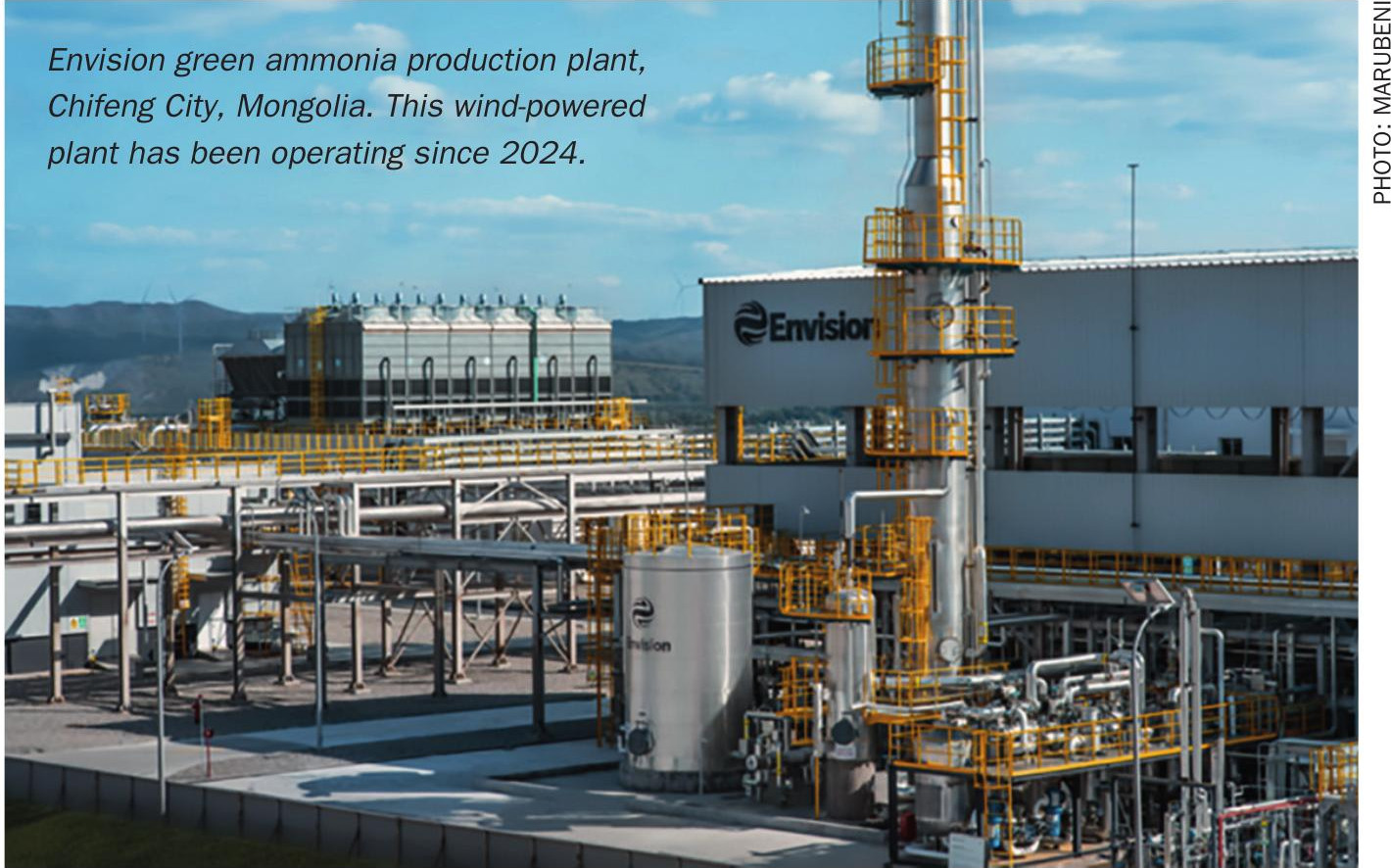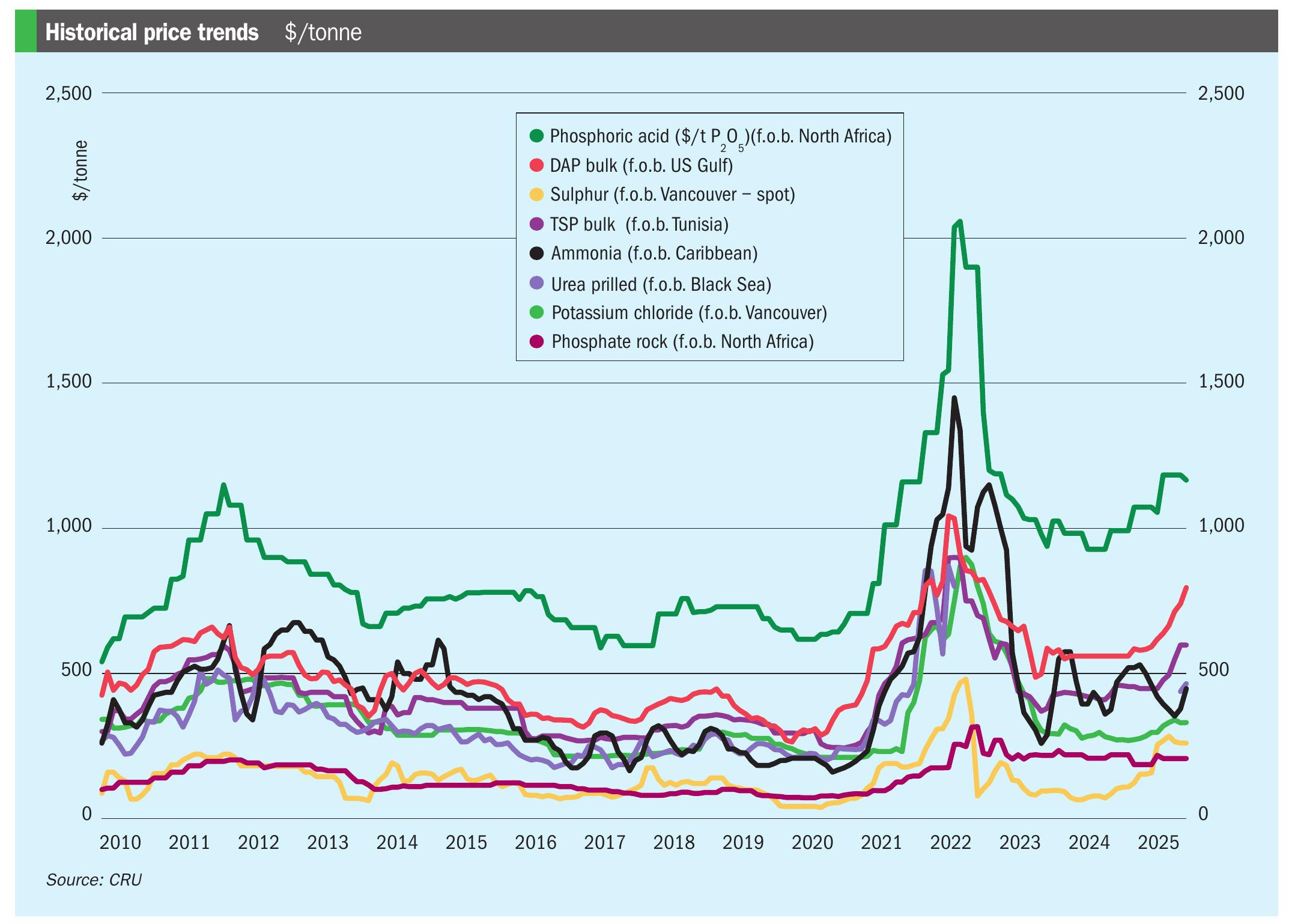Nitrogen+Syngas 371 May-Jun 2021

31 May 2021
A sea change

“We are now on the threshold of something quite momentous…”
Judging by the pages of the project announcements in our news section, you’d be forgiven for thinking that the ammonia and methanol industries were all running off hydrogen generated from electrolysis, and that we had already entered an era of ‘clean’ chemical generation which did not require fossil fuels as a feedstock. Of course, while companies can naturally be forgiven for wanting to put the best public face on their green credentials, it does obscure the fact that for the moment 99% of syngas generation comes from natural gas, coal, and some coke or naphtha.
However, when it was published at the end of last year, the International Energy Agency’s most recent World Energy Outlook did contain an eye-catching line: “The world’s best solar power schemes,” it said, “now offer the cheapest… electricity in history, with the technology cheaper than coal and gas in most major countries.” As qualified as that statement may be, it is a remarkable development, which has taken less than a decade to move solar and offshore wind from the most to the least expensive ways of generating electricity.
Now, being cost competitive with fossil fuels for electricity production is one thing. Competitive with fossil fuels for making chemicals is quite another, especially given how cheap natural gas is these days; the product of oversupply in the LNG market and cheap shale gas from the United States. But nor is it that far away. Historically, power generators have always been able to outbid chemical producers for natural gas or coal – they can absorb higher prices because it is much easier to build a methanol or urea plant in a cheap gas location and ship it than it is to transport electricity over long distances. This meant that feedstock needed to be proportionately cheaper to make a syngas plant viable than it did a power plant. But the difference was certainly not orders of magnitude – maybe only a question of 50% or so cheaper, depending on the location.
The IEA’s statement also bears some closer analysis – a typical gas fired power station has an on-stream factor of 85% or more, while solar electricity is only going to be working 12-15 hours per day at best. To make up the difference some way of storing the electricity is required. Sufficient battery storage to supply electricity through the night causes solar costs to mount considerably, to possibly double that of an equivalent sized gas-fired generator even at today’s prices. But if the electricity is being stored as hydrogen, the cost of building a pressurised, insulated tank is much less than that of a battery.
For all of the hype surrounding green ammonia and methanol, I do get the sense that we are now on the threshold of something quite momentous – a time when renewable energy is not just the worthy thing to do, but actually the most economical way of doing it as well. Once it reaches that level for chemical production, and on present showing there seems no reason to suspect that it won’t, at some time in the coming decade, it will be as great a sea change in the industry as the move from coal-based production in Europe to larger scale gas-based production worldwide was for the ammonia and methanol industries in the 1950s and 60s. That too took decades to work its way through – chemical plants are built for lifetimes of 20 years and more, and in some countries like China the change never quite happened, but it will happen.






